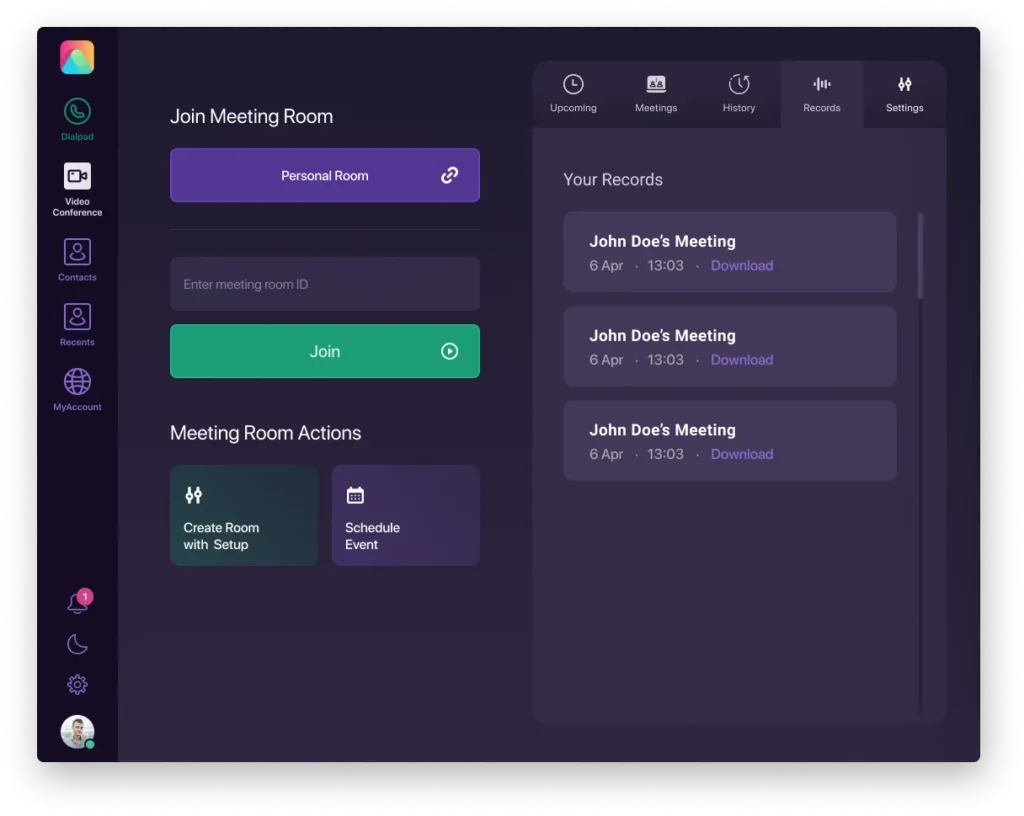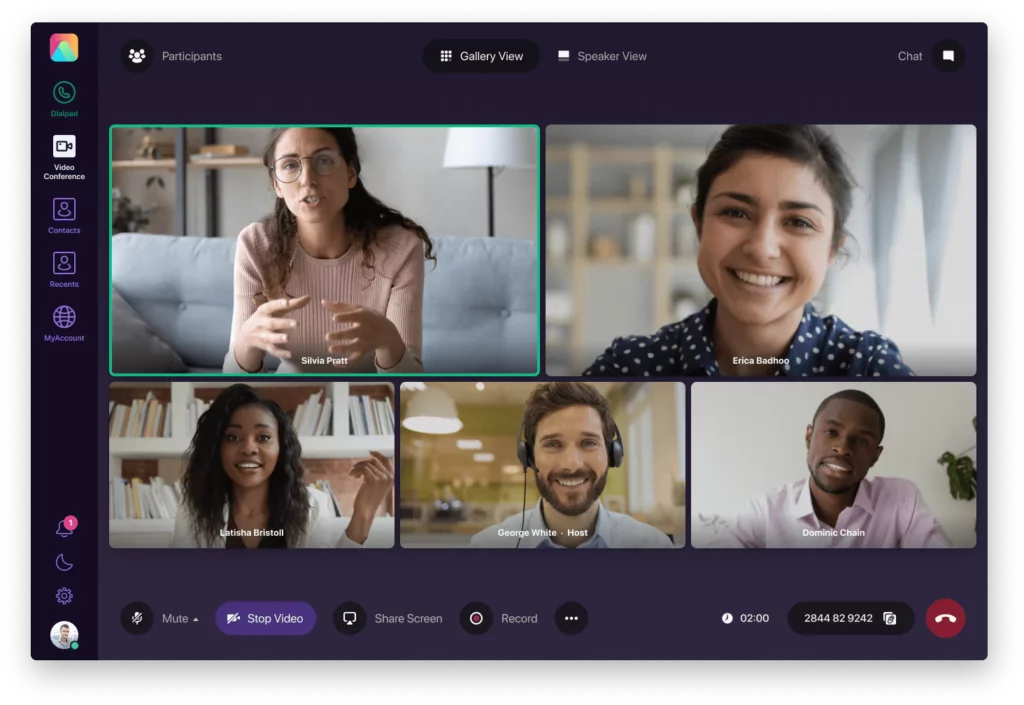All types of industries use video conferencing, from academia to healthcare to finance. You see video calls used for a variety of applications within those firms as well, such as:
- Job interviews
- Team meetings
- Webinars
- Product demos
- Employee Training
At this point, you should be eager to start taking advantage of video conferencing and push your business into the future. But first, let’s go over some best practices and common pitfalls of this lucrative journey.
Best Practices, Tools, and Technologies Related To Video Conferencing
If you’re interested in preparing your office for video conferencing, there are a wide variety of tools and equipment to get you started on the right foot. Prices range from entry-level equipment to high-end and extravagant setups. It all depends on your own budget and needs as an organization.
When it comes to preparing conference rooms, you can start with large displays on the walls first. One major monitor should stand as the focus for the room. It can even be interactive if you’d like the presenter to highlight or annotate important information on the screen while streaming the activity to remote users over the Internet.
Each participant also needs some type of video and audio input and output. Most of the time, a smartphone or a laptop with a webcam and microphone array is sufficient. If quality matters to you, consider investing in a high-end microphone or a dedicated camera. Consider echo cancellation if you’re concerned about speaker audio feeding back into your microphone.
And finally, you need some sort of software platform to get it all connected together. We’ll discuss later what we recommend in that regard.
Potential Challenges of Implementing Video Conferencing
Any kind of paradigm shift in the way your company works and interacts is bound to run into some small issues. Luckily, none of them are unsolvable thanks to advancements from service providers. But let’s cover those concerns now.
The first consideration applies to companies operating internationally. When scheduling meetings, you need to take into account the individual time zones of all the participants. Not everyone will be ready at the same time in these circumstances.
It’s also unlikely that organizations will ever fully replace in-person meetings. The level of personal interaction simply isn’t achievable without some form of physical proximity. At the same time, the popularity of the hybrid workplace is a testament to the appeal of both remote and in-person workplaces.
And finally, some companies are concerned about the setup cost and the technical difficulties associated with video conferencing and white label softphone software. This problem can easily be solved by choosing a helpful mobility solution provider that’s willing to make the process easy for you and provide technical support whenever you need it.









